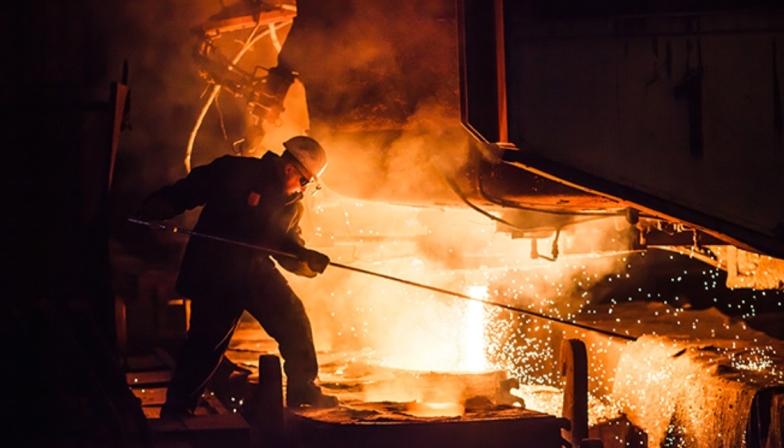Policy, investment and incentives in the global steel industry must focus on “dual decarbonization” — cutting the carbon footprint of primary steelmaking that uses iron ore and recycling scrap steel — to accelerate emissions reductions by 2050, according to a report released April 30.
The report, ‘The role of scrap in steel decarbonisation: Key facts and considerations for the construction sector,’ was released by the Institution of Structural Engineers, the British Constructional Steelwork Association and Climate Group’s SteelZero initiative.
It highlighted that the steel industry contributes to 7%-9% of global carbon emissions, with about 2 billion mt/year of steel produced and over two-thirds being primary steel made from iron ore, while the remainder is secondary steel, produced mostly from recycled ferrous scrap.
According to the report, the recovery and recycling rate of ferrous scrap is already close to its maximum limit, making it unlikely to significantly increase to meet future demand. Consequently, primary steelmaking will continue to play a major global role for many decades and will need to be decarbonized for the steelmaking industry to achieve net-zero emissions.
The report emphasized the urgent need to expedite low- and zero-carbon iron production while also decarbonizing electricity grids and improving the sorting of scrap metals to enhance the decarbonization of secondary steelmaking.
It noted that a level global playing field is also needed, steered by clear government policies and action from the construction sector.
To accomplish these goals, the report recommended that designers and specifiers collaborate with clients to adopt a steel procurement and design strategy that minimizes global greenhouse gas emissions and project-specific emissions.
It also proposed procuring steel from producers aligned with dual decarbonization commitments and making low-carbon decisions by “minimizing the use of materials as far as possible through the concepts of material efficiency and the circular economy.”
The report advised policymakers to invest in low-carbon iron and steel production technologies, such as green hydrogen and direct reduced iron, and prioritize policies for the efficient use and reuse of steel.
It said policymakers must “research ways to normalize emissions reporting to account for the limitations of using globally constrained materials, and create simple mechanisms to help industry more easily adopt this approach.”
Steel’s vital role
British Constructional Steelwork Association Sustainability Director Michael Sansom said steel has a “vital role to play” in delivering low-carbon and renewable energy infrastructure. However, as the report set out, the only way to meet this growing demand and achieve net-zero emissions is to follow a dual-decarbonization approach.
“The whole supply chain needs to work together to facilitate this transition, which is a global challenge requiring a fair and equitable global solution,” Sansom said.
Institution of Structural Engineers Head of Climate Will Arnold said in an accompanying statement that 90% of the steel industry’s GHG emissions came from primary steelmaking.
“Because the world will rely on primary steel for many decades to come, it is of utmost importance that this becomes a decarbonization focus,” Arnold said. “All the technical solutions already exist, such as zero-carbon iron production; now the industry must accelerate the transition.”
Sameen Khan, senior manager, SteelZero, Climate Group, said the world cannot “recycle [its] way to net zero.”
“While best practices in circularity, like improved scrap segregation and increased recycling, must continue, they are not enough on their own,” Khan said. “It is crucial we tackle the decarbonization of primary steel to avoid locking in emissions for decades.”
Khan said businesses are ready to demand low-emission steel, but they also need reliable signals from government and industry to shift procurement at scale.



